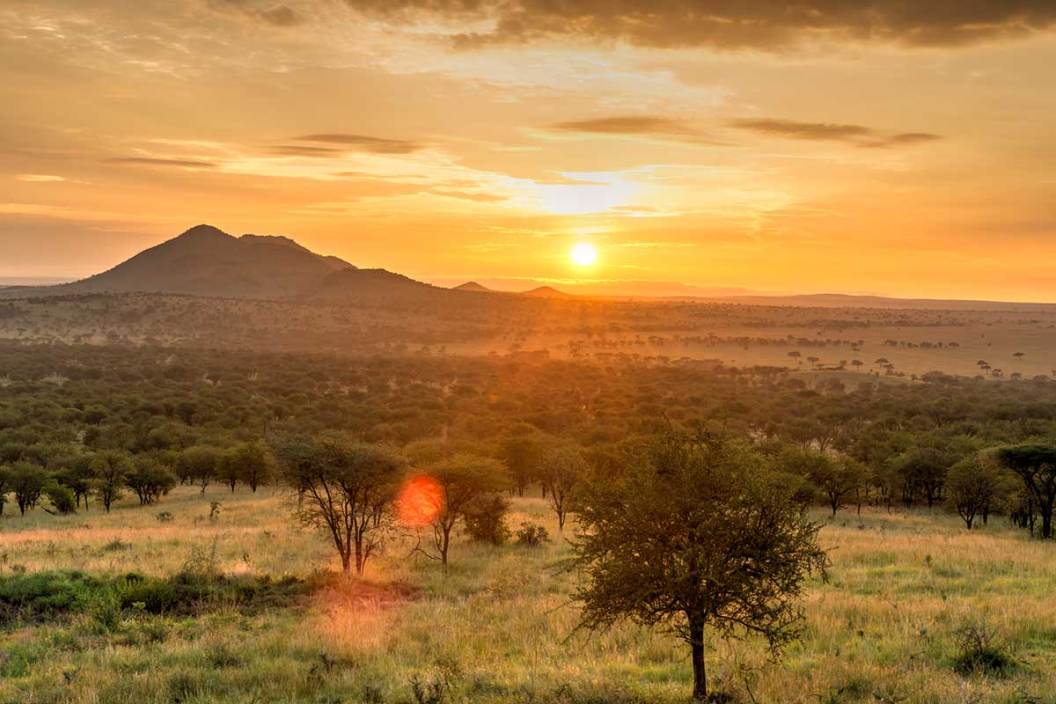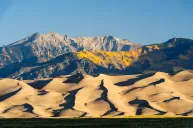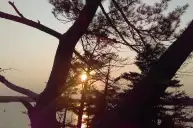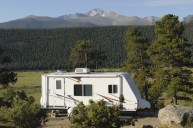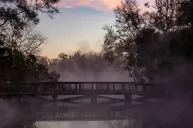Take a visual tour of the world's better-known and lesser-visited national parks.
Interested in seeing what other countries have in the national park category?
These twelve notable parks and wild spaces from around the globe are amazing, each one a breathtaking example of what our natural world has to offer.
If you've already checked the box on a few of America's most famous and popular parks, hundreds of stunning international parks beckon with hiking, camping, horseback riding, caving, white-water rafting and more for the adventurous traveler.
Let's take a look at some national-park eye candy from around the world by continent, featuring some you may know and some you may never have heard of.
Asia
Better-known: ZhangJiaJie National Forest, China
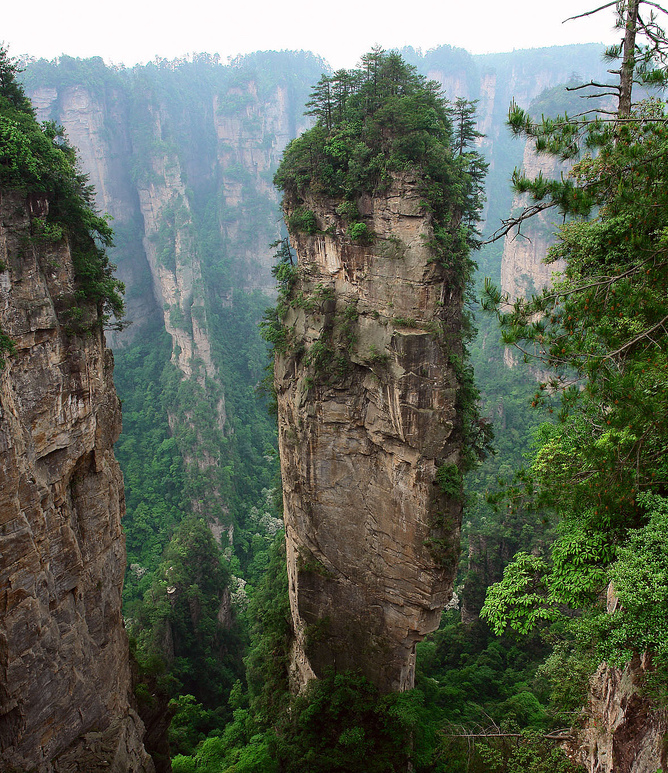
John Philip/https://commons.wikimedia.org/w/index.php?curid=10097026
The name may not be familiar, but you'll immediately recognize this park's sandstone pillars as the inspiration for Avatar's floating Hallelujah Mountains.
Millions of visitors come to see the peaks, but getting off the main path means you can find places where it feels like you have the huge region all to yourself. A town nearby has accommodations - but for a magical experience, go wild camping atop one of the pillars, some of which have wooden platforms for your tent, or camp in a floating tent on the river. Activities like mountain biking, hiking and rock climbing abound.
Lesser-known: Khao Sok National Park, Thailand
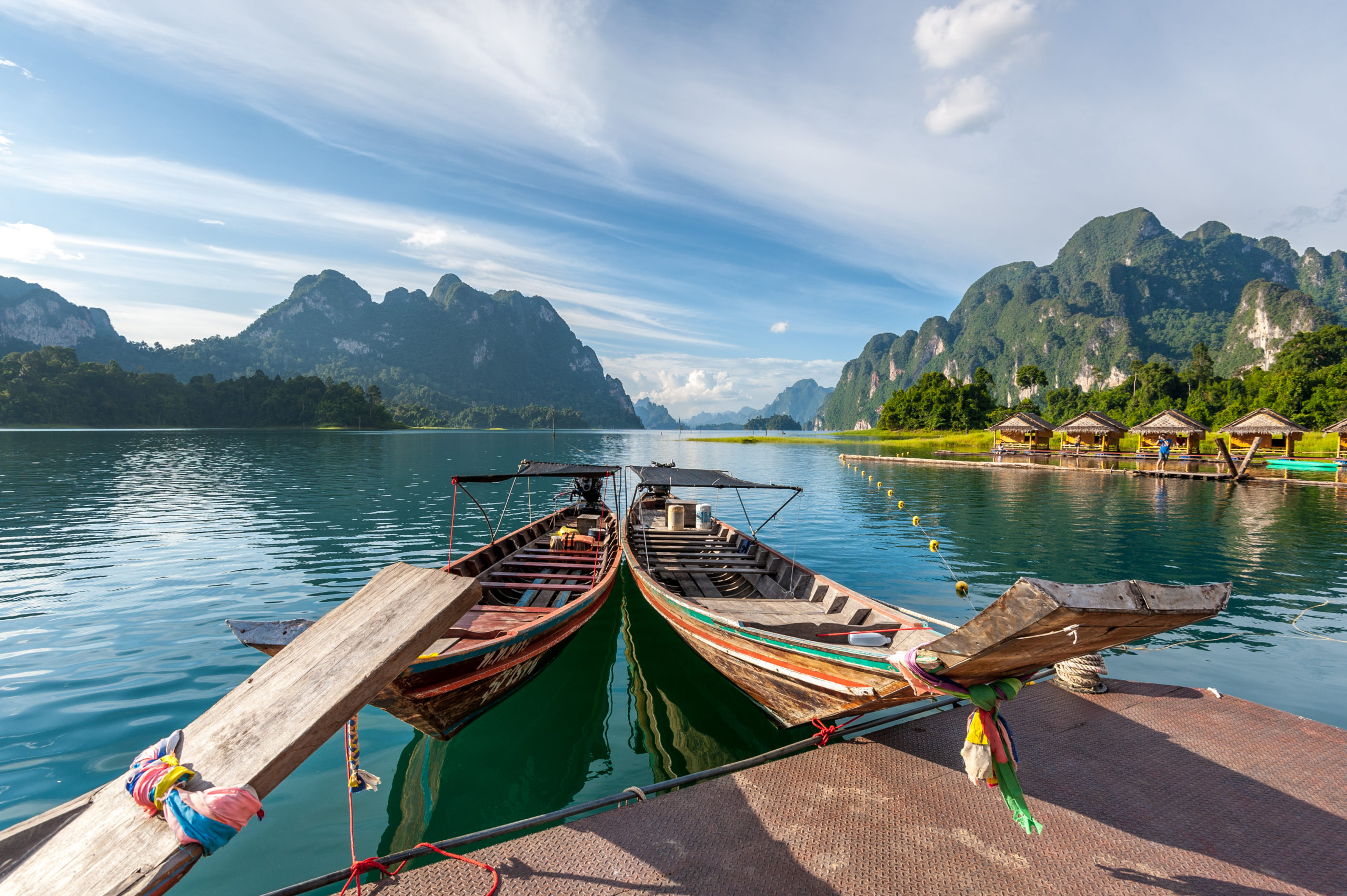
BerryJ/https://commons.wikimedia.org/w/index.php?curid=49339981
Thailand's oldest and largest national park is home to animals like sambar and barking deer, sun bears, elephants, tigers, and all kinds of monkeys. The forest here is a remnant of ancient rainforest that predates the Amazon. Visitors won't want to miss a canoe ride through the towering karst cliffs, while adventurous campers can rough it with backpacking tours that will take you deep into the jungle with only a hammock, tarp and food.
Australia
Better-known: Uluru-Kata Tjuta National Park
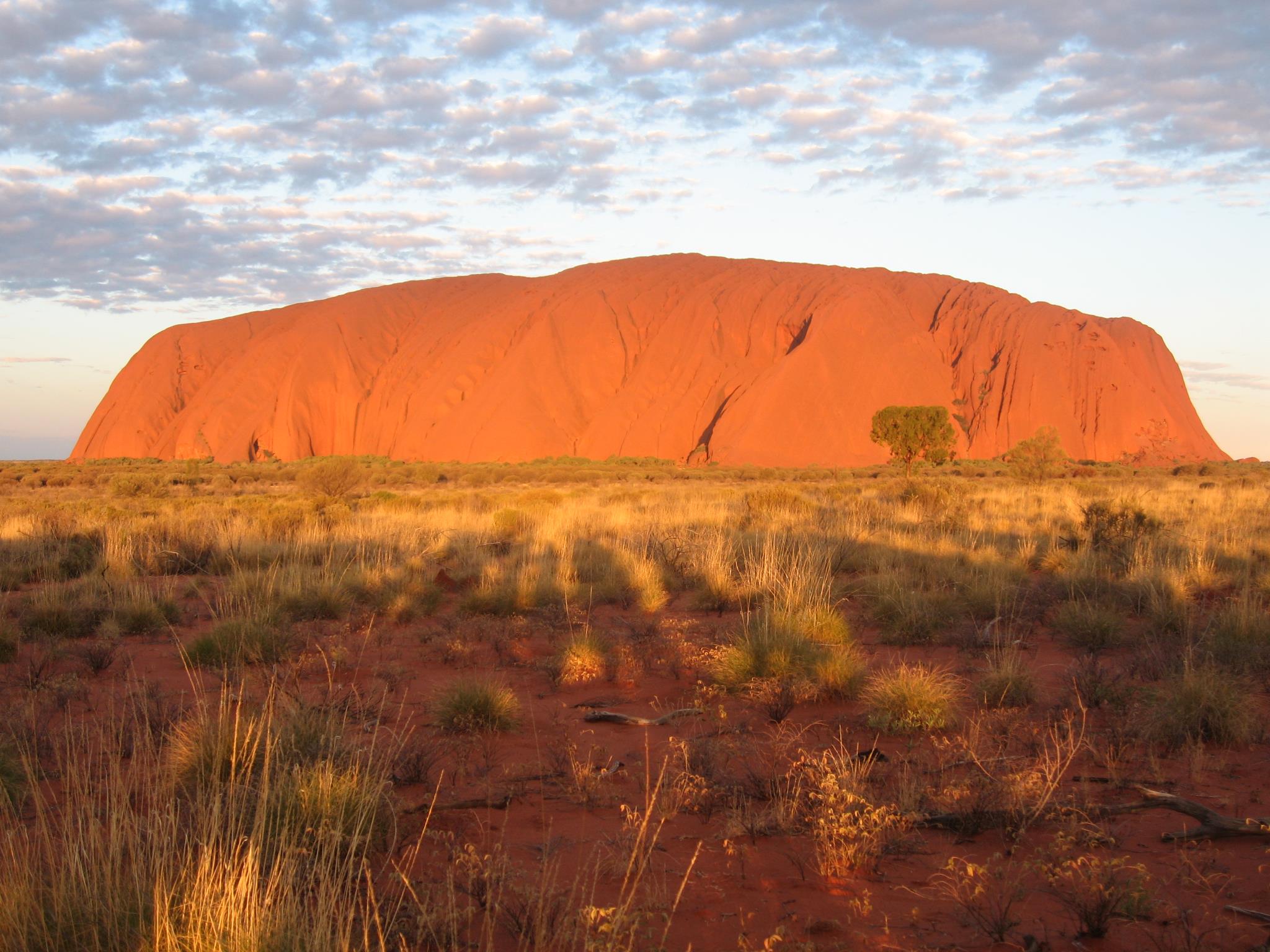
Stacie Hougland
You may have grown up calling this famous sandstone Outback formation Ayers Rock, its name until 1993 when it was officially renamed "Ayers Rock/Uluru" to recognize the sacred name the local Aboriginal people use. The area around it is where you'll find springs, rock caves, water holes and ancient paintings-but in deference to the locals, it is advised not to climb the famous rock.
There are, however, plenty of other places to hike. The sister rock formation Kata Tjuta isn't far, and it offers good hiking with dramatic views of the surrounding Outback. If spending a night under the stars is your thing, several designated camping spots just a bit outside the park offer both powered and unpowered sites.
Lesser-known: Kakadu National Park
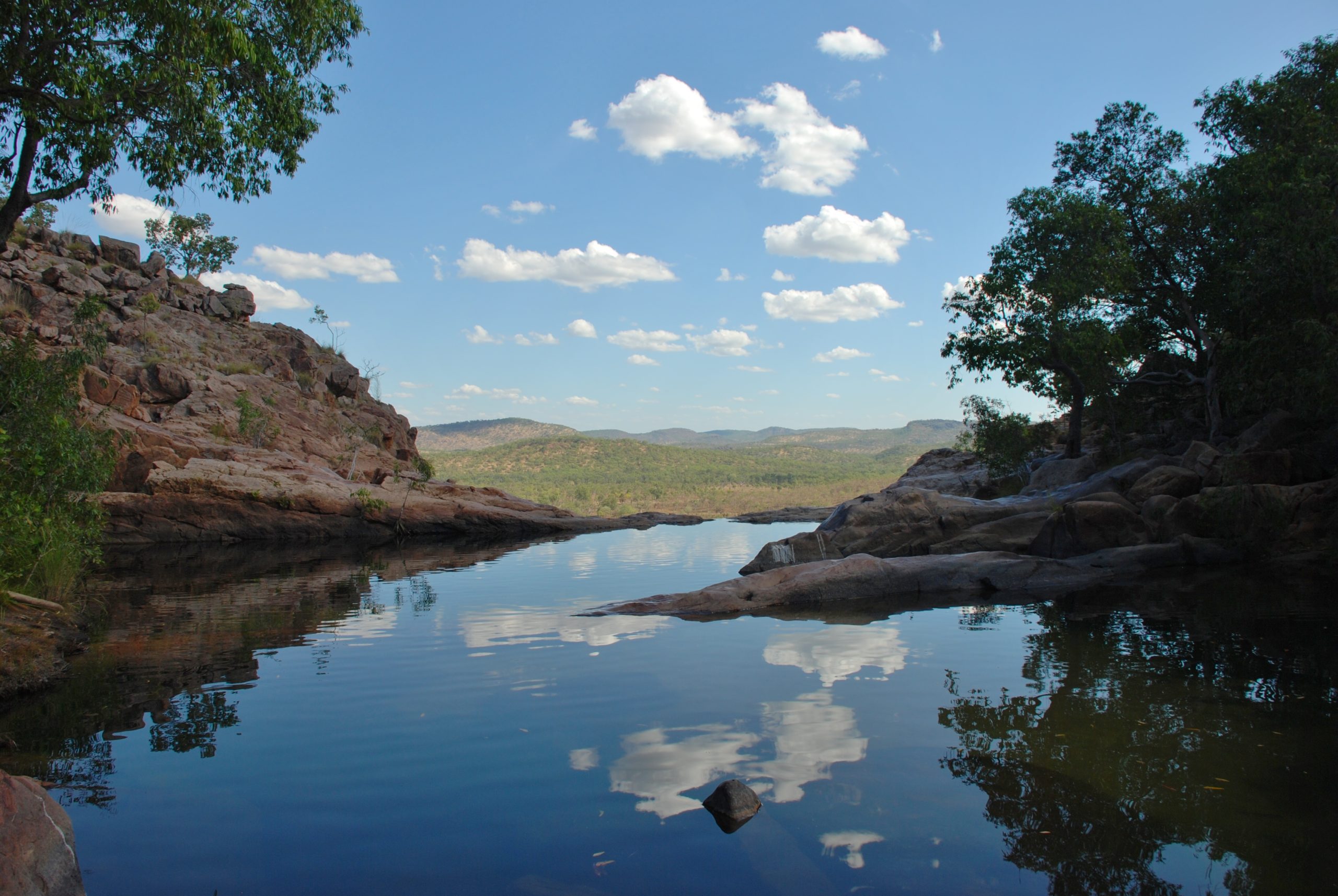
Iambexta/https://commons.wikimedia.org/w/index.php?curid=49035466
This was Australia's largest national park until 2021 (before being edged out by a newly established park in the south), but being remotely located in the Northern Territory means it's also one of the least visited. If you're Down Under and hoping to get out into a wide variety of nature by yourself, this is a good bet. Kakadu is home to a number of environments, from wetlands to high cliffs, with some 75 mammal and 280 bird species. Kangaroos, wild horses and wallabies are common to see during the day, and campers at night will hear dingos howling in the distance. Hunting is not allowed but fishing is common: barramundi are a popular target.
Africa
Better-known: Serengeti National Park
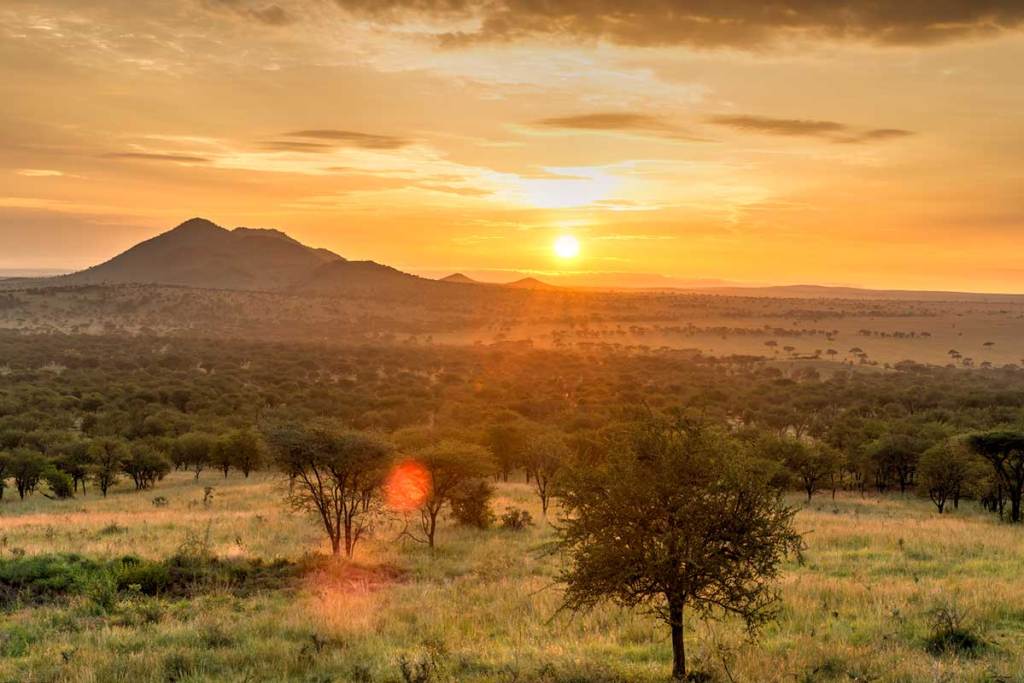
pchoui/Getty
Tanzania's renowned park sprawls nearly 6,000 square miles over the East African country where thousands of animals roam the savanna, but the real reason to visit is the Great Migration. Starting around May (drought season), two million wildebeest, gazelles and zebras start their clockwise search for better grazing in one of the most awe-inspiring natural phenomena on the planet. And while the thought of "safari" brings to mind expensive lodges, glamping, pricey tours and a drained bank account, believe it or not there are basic public campsites that provide tents and bathrooms within the park. Don't be surprised to wake up with a giraffe grazing outside your tent.
Lesser-known: South Luangwa National Park, Zambia
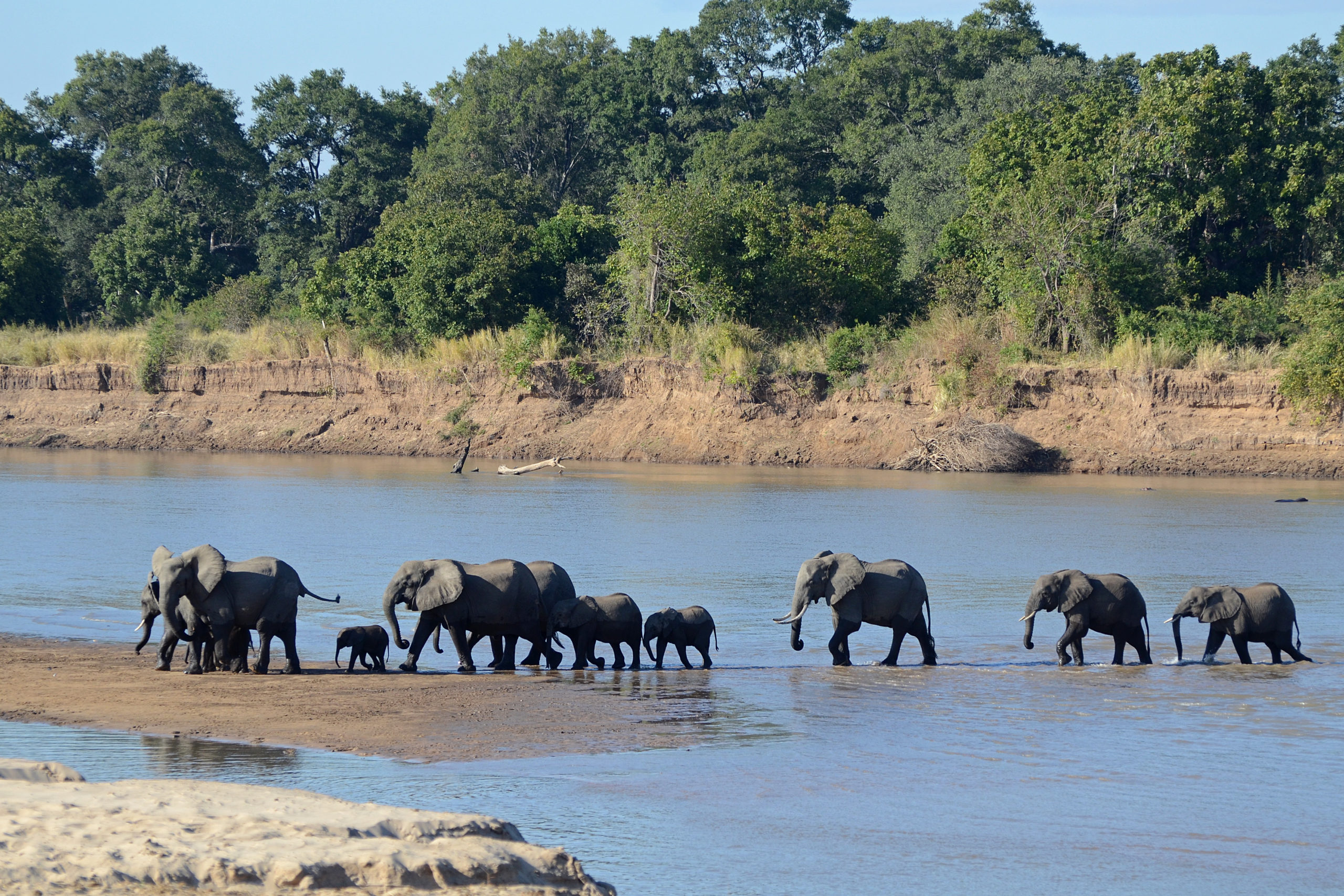
Geoff Gallice/https://commons.wikimedia.org/w/index.php?curid=16140233
Zambia is gaining a reputation as a top safari destination in part because of parks like this one, one of the last remaining unspoiled regions of the continent. Running through it is the Luangwa River, whose tributaries support the abundant wildlife here; it has an incredibly dense concentration of animals including the Big Four (lion, elephant, buffalo, leopard), plus giraffes, cape buffalo, hippos and much more. You have your choice of where to stay, but for a real safari experience, look for rugged fly-camping tours that include guided walking safari tours and sunset game drives.
Central America
Better-known: Arenal Volcano National Park, Costa Rica
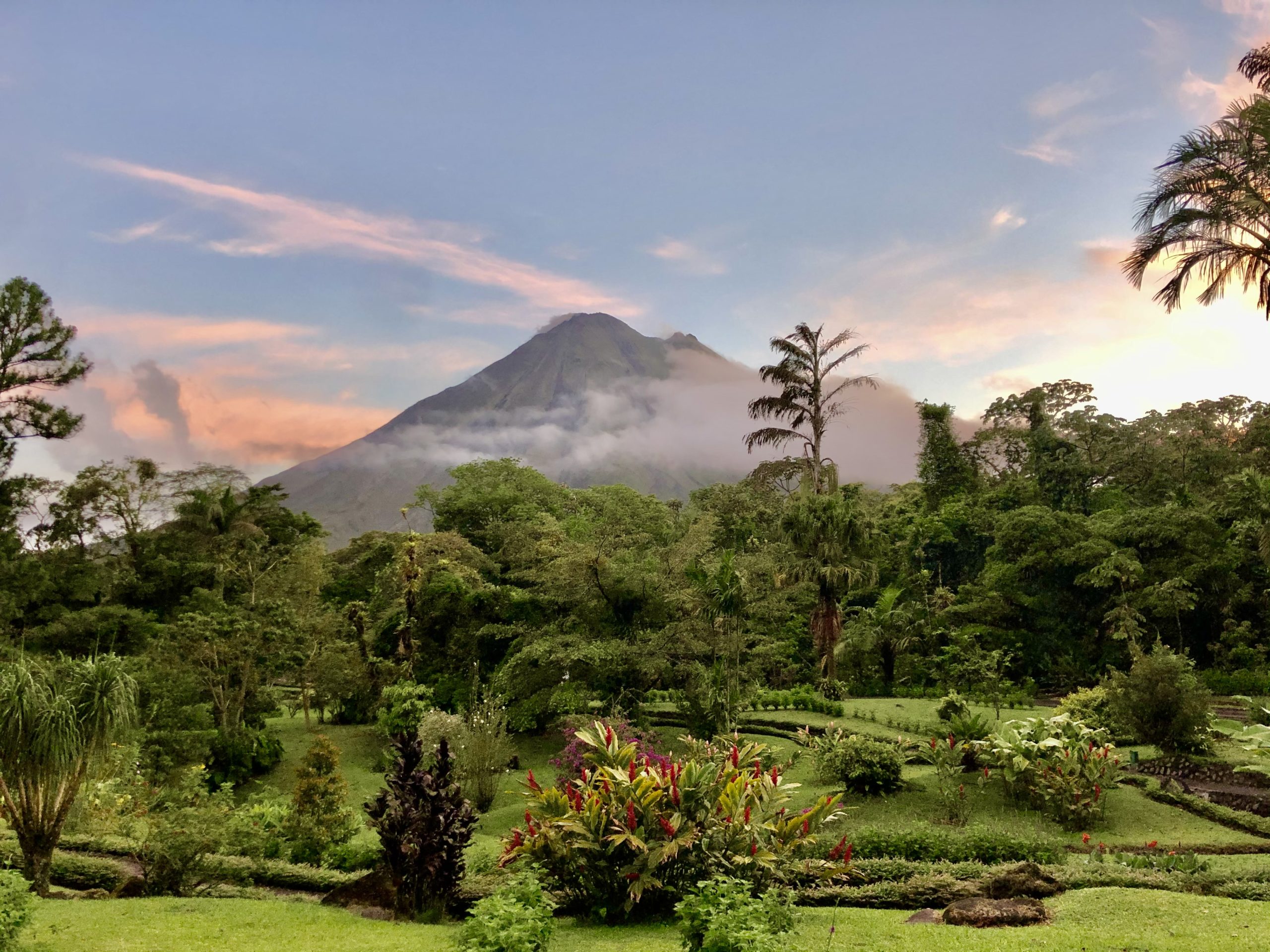
Janusz Kubow/Getty Images
Now-dormant Arenal Volcano is one of the country's most recognized landmarks and this park is one of the region's most visited. At 290 square miles, the park covers eight of 12 biozones-of 850 bird species in Costa Rica, most can be found here. There are all kinds of things to do: hike the volcano, soak in hot springs, ziplining, biking, horseback riding, white-water rafting... or go fishing for rainbow bass and machaca in Lake Arenal.
Lesser-known: Payne's Creek National Park, Belize
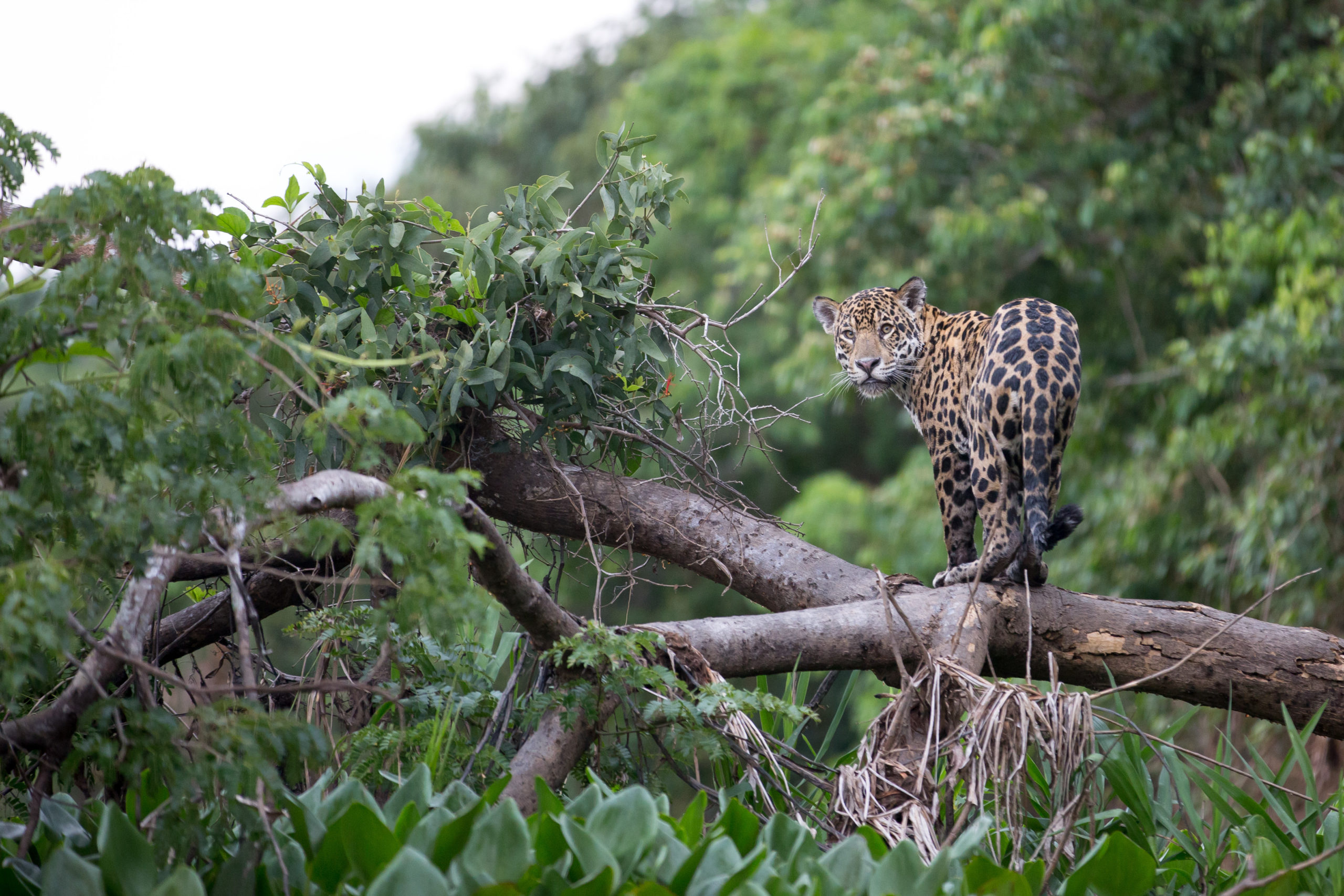
Pedro Hélder da Costa Pinheiro/Getty Images
Most of the southern area of this small country is protected, including this rugged park that is a combination of old-growth forest and marshland with hard-to-find trails and camping opportunities. The best way to explore the area is by boat or kayak on the Monkey River, where you'll find howler monkeys, white-tailed deer, peccaries, crocodiles and maybe even the elusive jaguar.
Fishing is a must in Belize, whether offshore or along the rivers and coastal lagoons. Flyfishers angle for tarpon, snook and jacks in the Monkey River; Puinta Negra Lake and Punta Ycacos Lagoon are known for bonefish, permit, and barracuda. Along the barrier reef you might find grouper and snapper, while sailfish and marlin can be caught by venturing out past the dropoff in deeper waters.
Europe
Better-known: Loch Lomond and The Trossachs National Park, Scotland
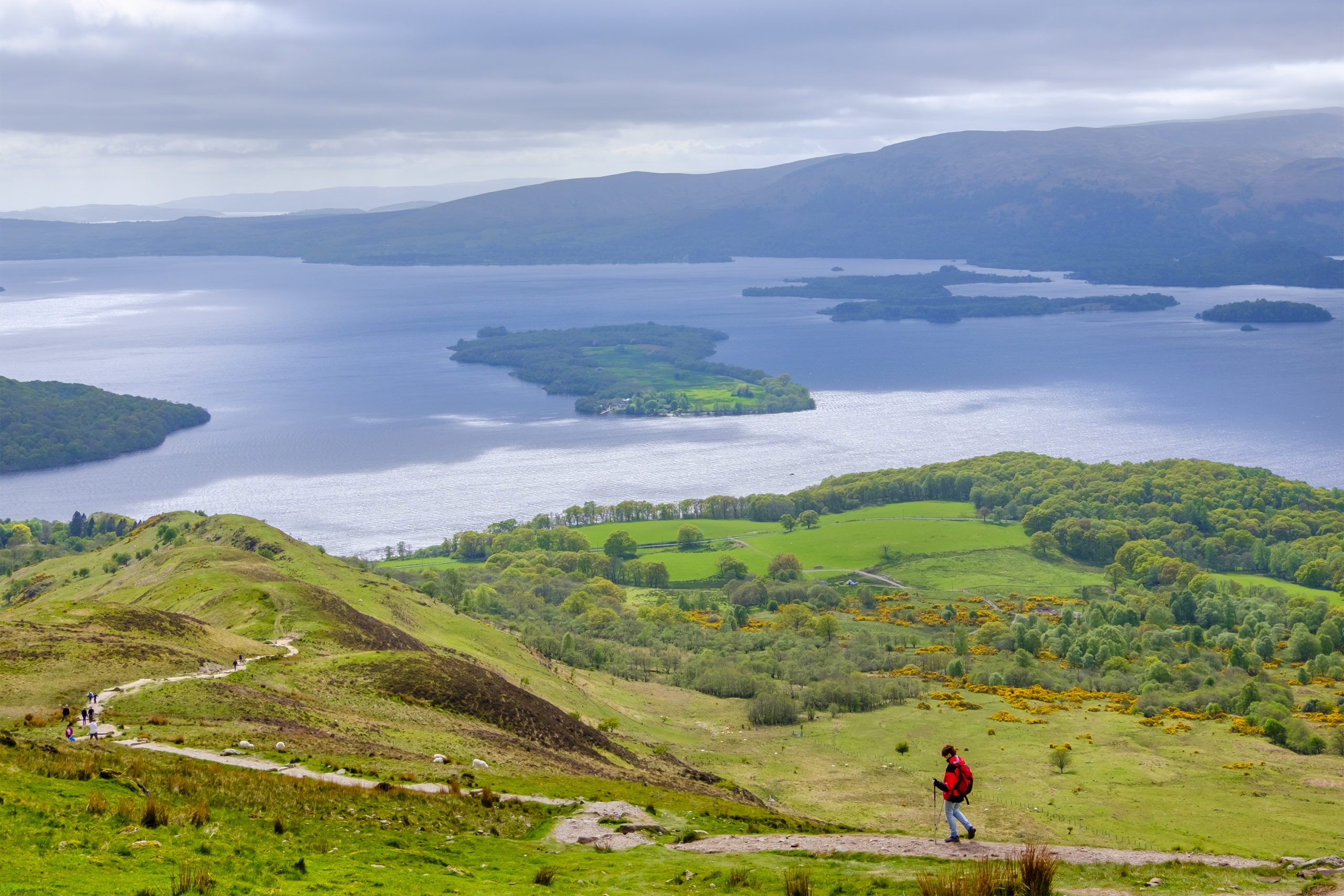
Flavio Vallenari/Getty Images
A visit to Scotland wouldn't be complete without checking out the country's heather-covered hills and marshy bogs. This park gets busy thanks to its location near the country's most populous central region, but you can still find areas all to yourself here.
Loch Lomond covers the Highland Boundary Fault, which means the park has two distinct lowland and highland environments. In the highlands you'll glimpse peregrine falcons, golden eagles, the Scottish wildcat and red deer. The lake supports Arctic char, salmon, trout (all of which are permitted to fish) and a protected native whitefish called the powan. You can also kayak and jet ski on the lake and campsites are available.
Lesser-known: Cheile Nerei Beusnita National Park, Romania

Cosmin Serban/Getty Images
Talk about getting off the beaten path - this fairy-tale-like park is probably the least-known national park in Europe, but if you're able to get there, the activities abound: caving, canyoning, rafting, ziplining, and of course hiking to the park's many waterfalls. Ochiul Beiului is a karstic lake renowned for its vivid green-blue color - it's so clear you can see the fish swimming below and it never freezes over thanks to a constantly running spring. Backpackers are allowed to pitch their tent in any clearing available. Just be sure to leave no trace.
South America
Better-known: Torres del Paine National Park, Chile
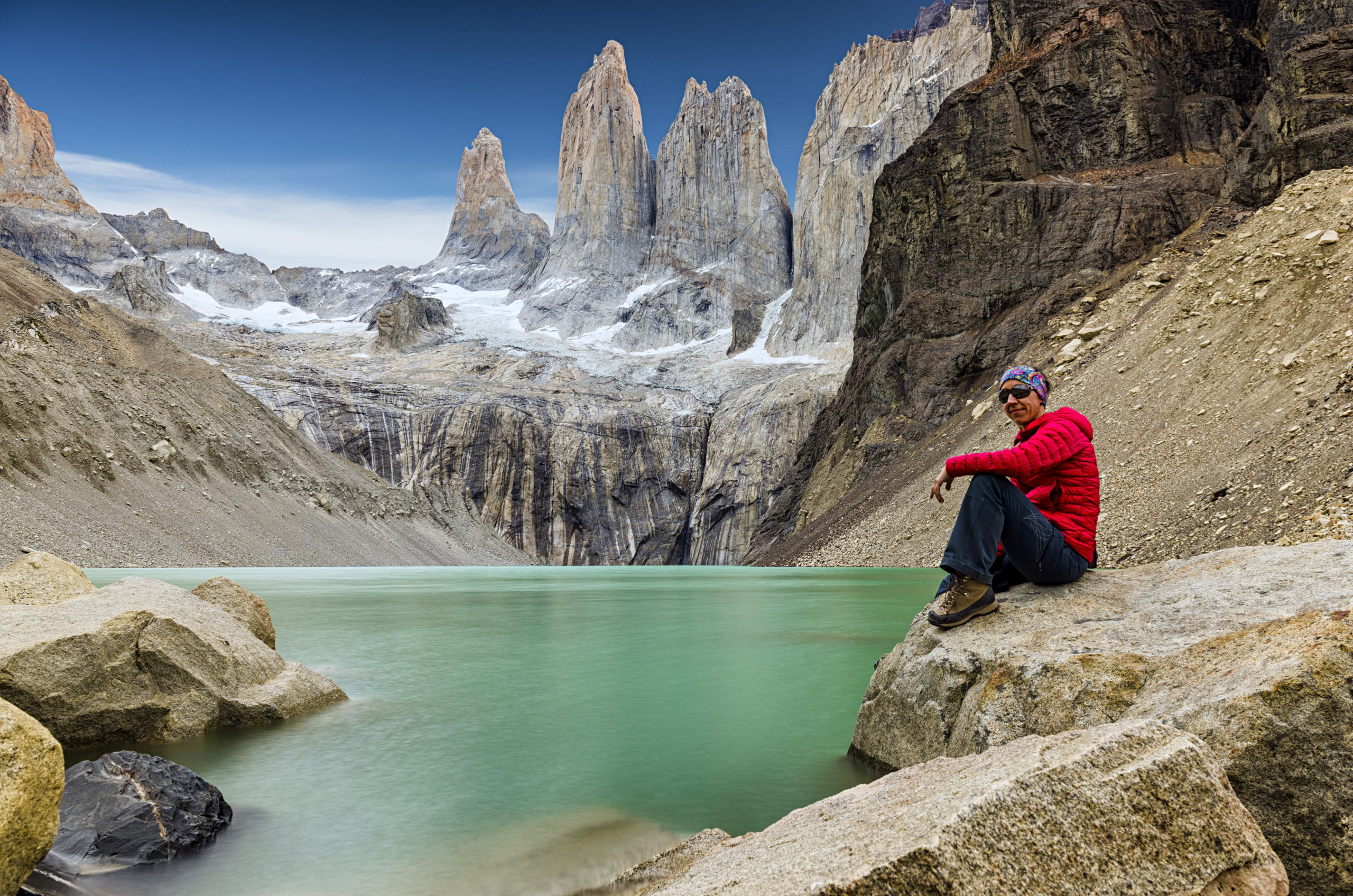
technotr/Getty Images
Found in the Patagonia region of southern Chile, this majestic expanse offers vistas of gorgeous fjords, mountainous forests, glaciers and grassy steppes where guanacos (similar to llamas) and south Andean deer roam. Birdwatchers can keep an eye out for the Andean condor, Magellan goose, and rufous-tailed hawk. The park is popular with hikers, who may opt to stay in any of the refugios (mountain huts) or specified campsites on their multi-day treks to the area's notable viewpoints.
Lesser-known: Amacayacu National Natural Park, Colombia
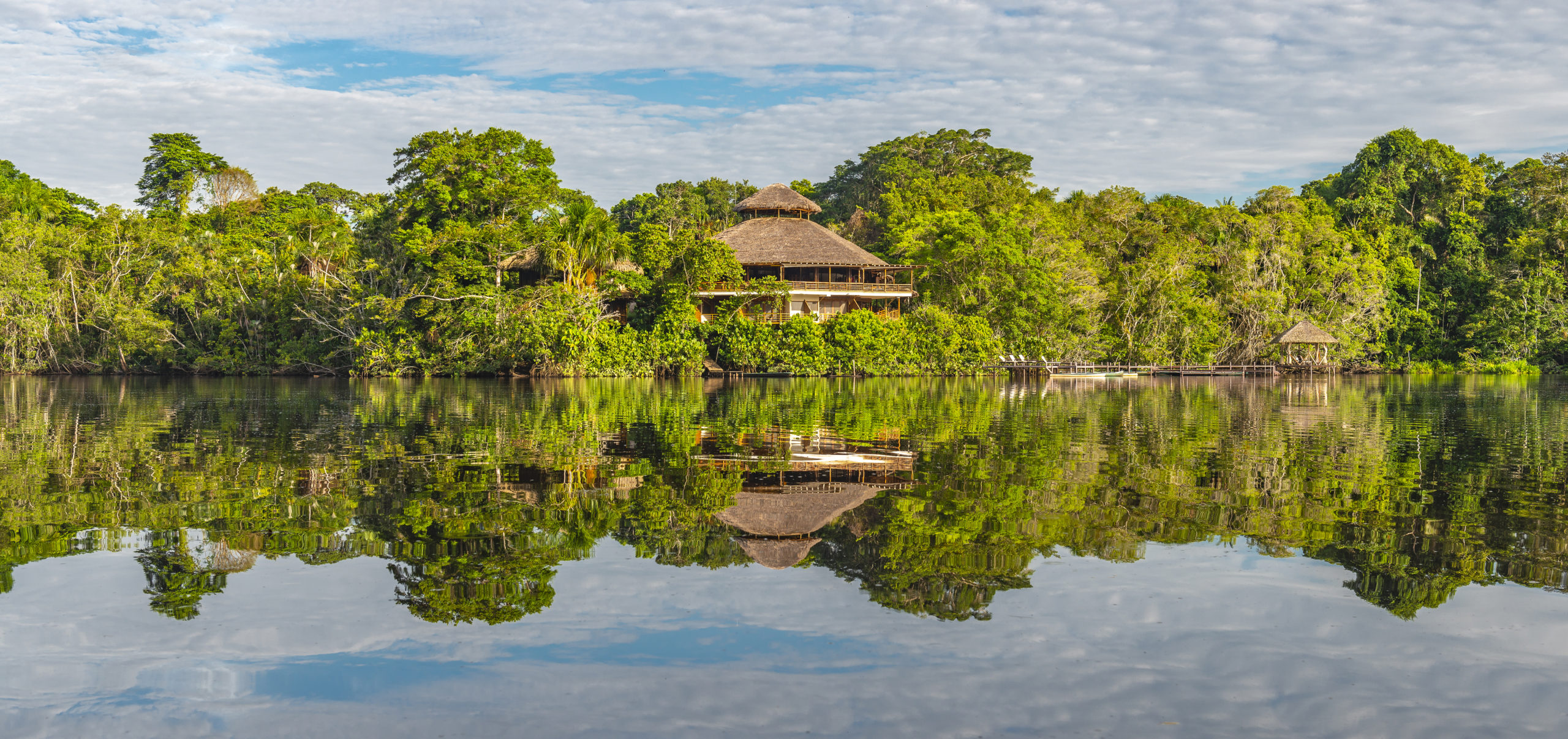
SL_Photography/Getty Images
Want to spend some time deep in the Amazon? This is the place to do it. Accessible only by boat, this park offers accommodations like the maloca, where you sleep in hammocks with strangers, or more private cabins. The activities here are boundless: white-water rafting, looking for monkeys on Isla de los Micos, or spotting pink river dolphins at Lake Tarapoto. Four main hiking trails offer a variety of environments, from the aquatic to the jungle to one that will take you to meet the indigenous Tikuna people.
Have you been to a national park outside the U.S.? Share a photo at our Wide Open Spaces Instagram!
Products featured on Wide Open Spaces are independently selected by our writers and editors. However, when you buy something through our links, we may earn a commission.
NEXT: 3 MUST-SEE SPOTS IN YELLOWSTONE NATIONAL PARK
